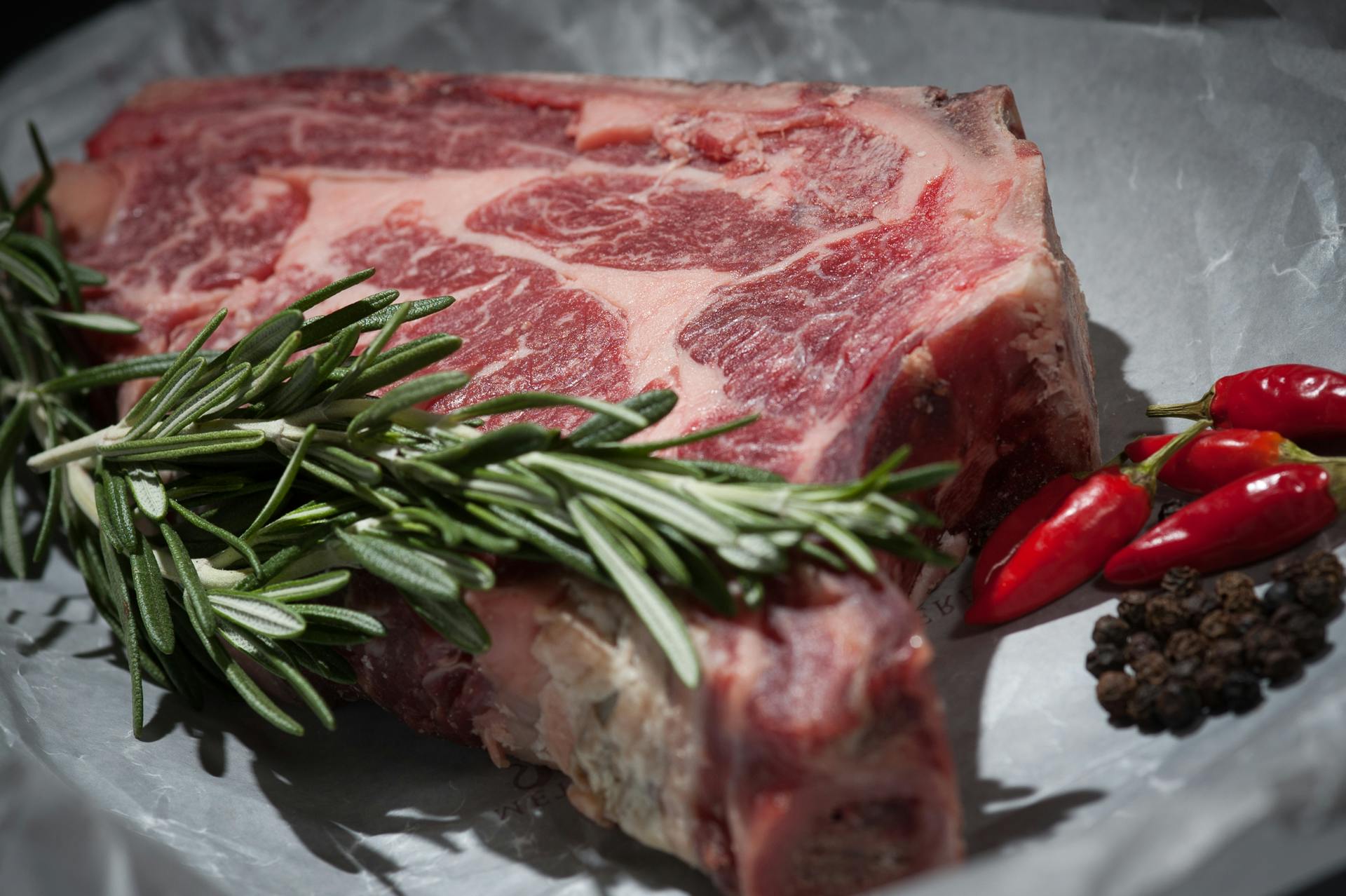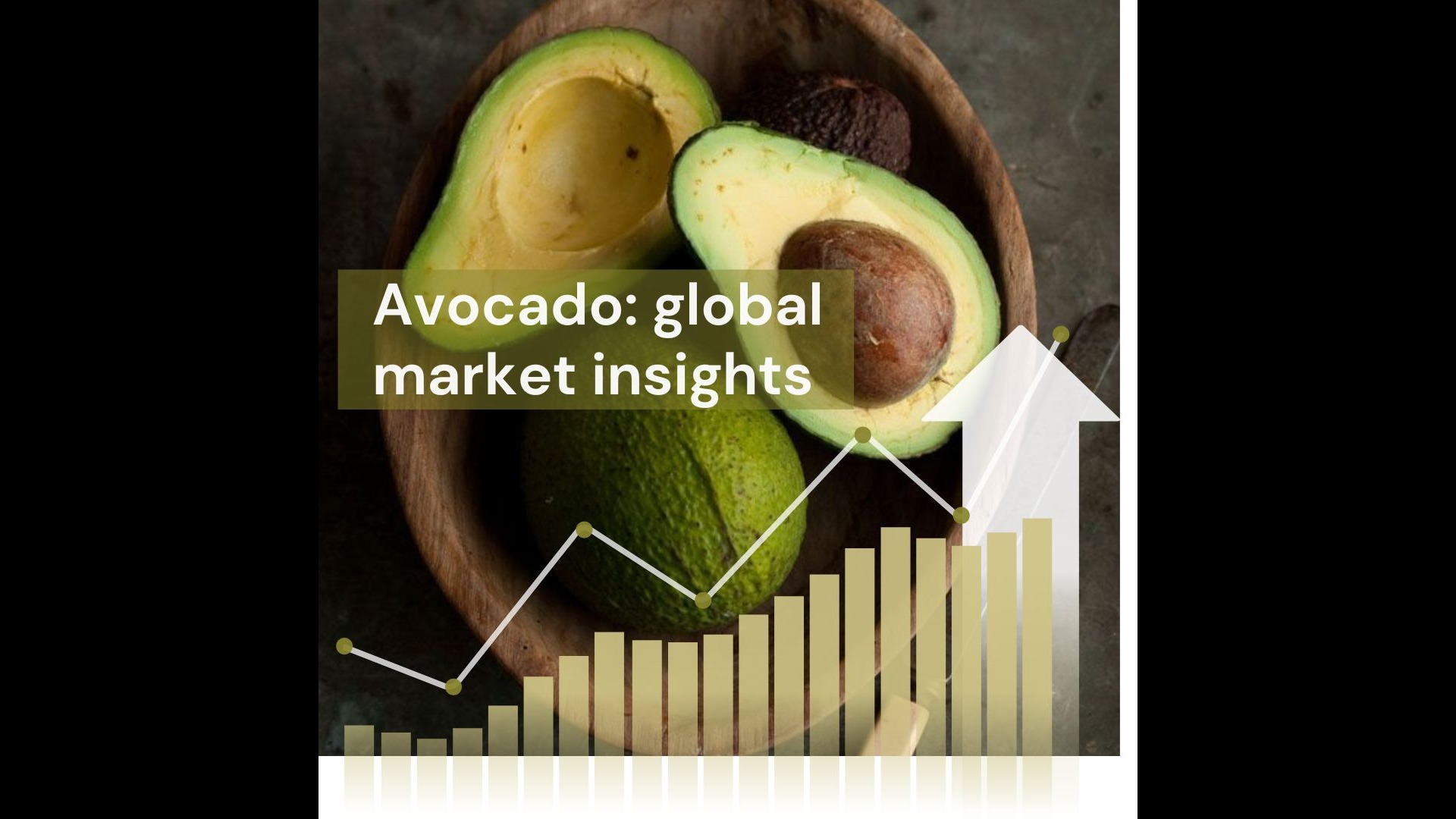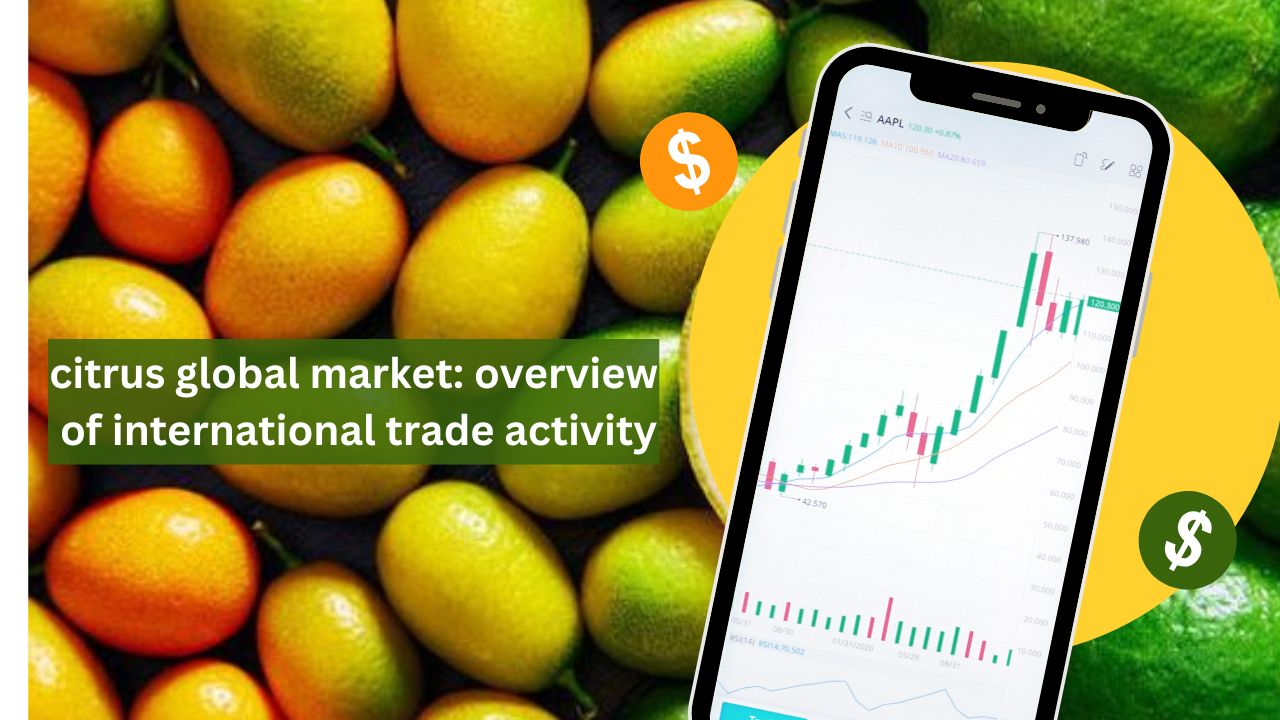There is no doubt that the growing awareness of protein’s role in a healthy diet has influenced consumer preferences for beef over the past ten years, pushing the leading countries in the beef production industry to step up in providing the markets with innovative solutions.
Have you ever heard of the “High-protein diet” or “Low-carb regimens” trends? Certainly, you have. The increased interest in health-conscious eating, fueled by dietary trends, has influenced demand for quality beef products.
Beef Production: Challenges and Opportunities
We all know that the beef market plays a fundamental role in international trade. Countries worldwide have come in constant competition with the constant growth and expanding global demand. A range of factors will shape the global beef industry in 2024. These include market demand, sustainability issues, trade dynamics, and innovation within the industry.
- Market Demand and Consumption Trends
Global demand for beef is rising, driven by increasing protein consumption in emerging markets, particularly Asia. However, changing consumer preferences toward healthier and ethically produced meats also presents challenges. Beef producers adapt to a market where quality and sustainability are increasingly critical to consumers, particularly in North America and Europe.
- Environmental and Sustainability Challenges
Beef production faces significant environmental scrutiny due to its high carbon footprint. The industry is under pressure to reduce methane emissions and improve water and land use efficiency. Many producers are turning to regenerative agriculture and carbon-reducing technologies, but these come with cost and scalability challenges.
- Trade and Geopolitical Dynamics
Trade barriers, tariffs, and geopolitical tensions affect beef exports and imports. Major exporters like Brazil, the United States, and Australia face regulatory challenges in key markets. Additionally, there’s a growing demand for transparency in beef supply chains, impacting trade dynamics as countries implement stricter import standards for sustainably produced beef.
- Opportunities for Innovation and Technology
Advancements in genetics, feed efficiency, and precision farming technology offer producers ways to enhance productivity while mitigating environmental impact. Technologies such as methane inhibitors, feed additives, and data-driven farm management tools provide opportunities to boost efficiency and sustainability.
- The Rise of Alternative Proteins
Another competition is intensifying from plant-based and lab-grown meat, especially in developed markets. While traditional beef remains a preferred source of protein, producers must consider diversifying their offerings or enhancing beef’s nutritional and environmental profile to stay competitive.
Market Dynamics in the worldwide Beef Industry
Beef is an important source of nutrition for many worldwide, and demand has been growing, in the last 50 years, meat production has more than tripled. The world today produces more than 340 million tons per year.
The global beef market has seen consistent growth due to rising consumer demand for protein-rich diets, especially in emerging economies. The market was valued at USD 419.02 billion in 2021 and is projected to continue expanding, largely driven by Asia-Pacific’s increased beef consumption, where populations are shifting toward protein-focused diets. However, the beef industry also faces several dynamics that shape its future. Sustainability concerns and health-conscious trends push producers to adopt eco-friendly and ethically responsible practices. Moreover, fluctuations in feed prices and global trade barriers influence pricing and production strategies. The industry’s adaptability to these changing conditions will be critical for its sustained growth.
Beef Production: In-Depth Analysis of Recent Trends and Leading Producer
- The United States remains the largest producer, contributing around 12.3 million metric tons, or 20% of global production.
- Brazil, with its vast cattle ranching industry, follows closely at 11 million metric tons (18%), benefiting from its large export market and favorable conditions for cattle farming.
- China, traditionally more reliant on pork, has rapidly increased its global beef production to approximately 7.5 million metric tons, (13%) in response to shifting consumer preferences toward beef as incomes rise.
- The European Union, India, and Argentina, also remain significant players, producing between, 3 and 6 million metric tons, each.
- Argentina’s long-standing cattle-raising traditions, coupled with its export focus, have sustained its role as a key beef supplier, particularly to markets like China.
This growing global beef demand, especially from Asia, underscores the strategic importance of these nations in meeting worldwide consumption needs.
Key Players in worldwide Beef Production and Trade
The global beef industry includes major players across the production, export, and import sectors. These companies are recognized for their large-scale operations, brand influence, and global reach:
- JBS S.A – The Brazilian giant JBS is the largest beef producer worldwide, with a vast network in North America, South America, and beyond.
- Tyson Foods – Based in the U.S. Tyson Foods is a significant beef and protein producer with a diversified portfolio that includes beef, chicken, and pork.
- Cargill, Inc. – Cargill operates globally, with beef production primarily in North America, and is also a major player in cattle feed and related sectors.
- Marfrig Global Foods – Also based in Brazil, Marfrig focuses on high-quality beef products and holds a large market share in the Americas and beyond.
- Minerva Foods – Minerva is another prominent Brazilian producer, known for exports to over 100 countries.
These companies are instrumental in shaping global beef trade through innovations in production, investment in sustainability, and expansion into international markets.


